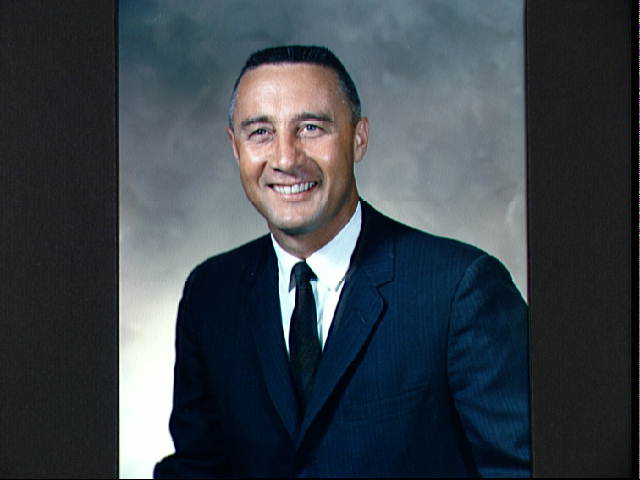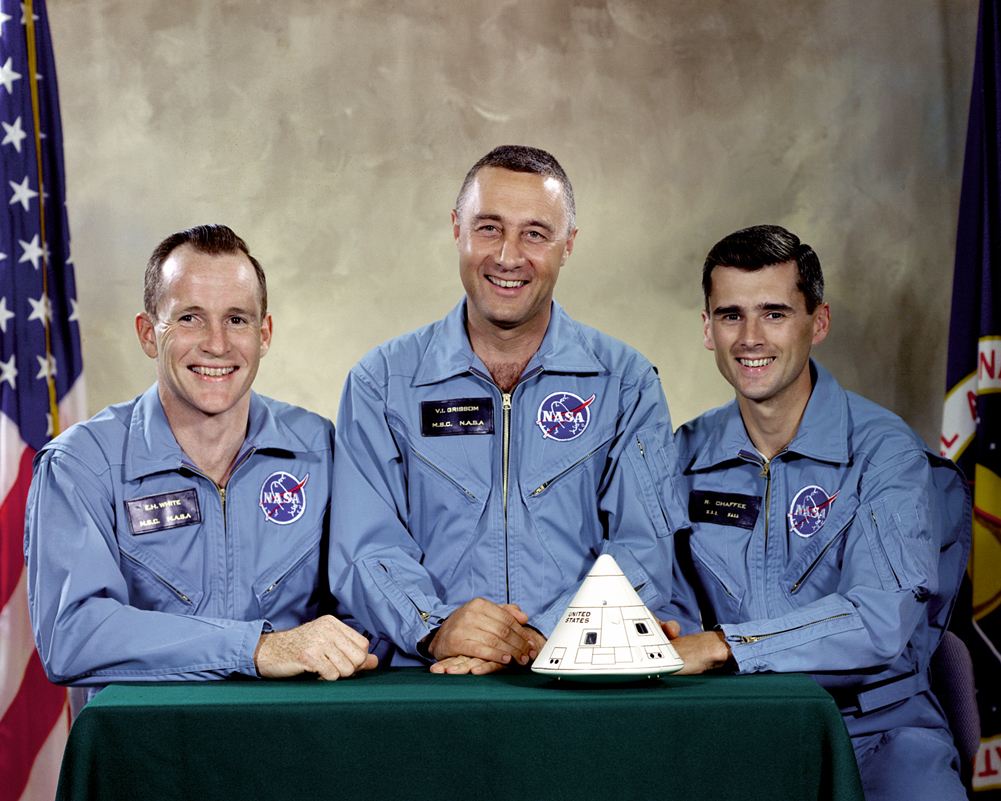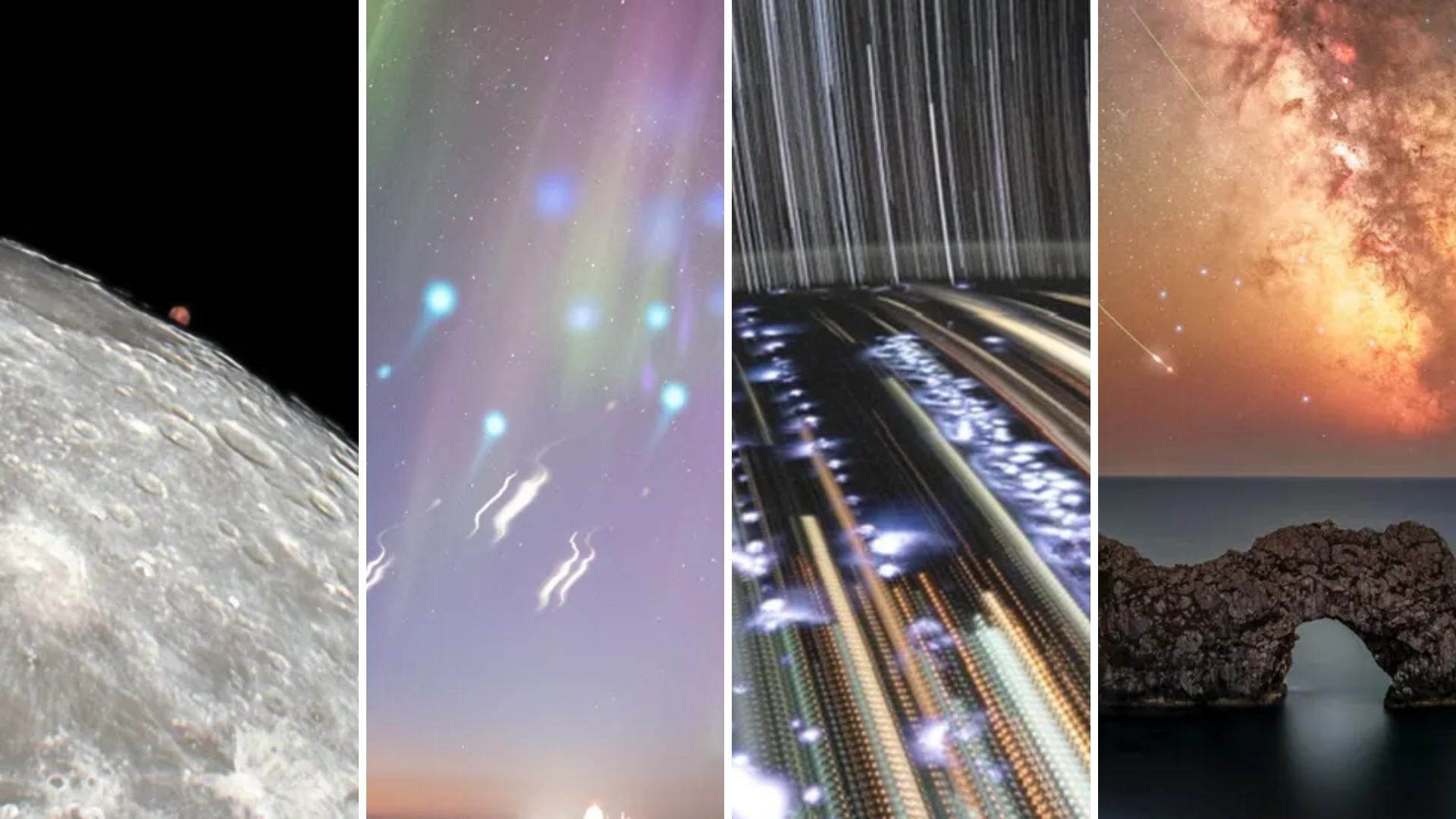Gus Grissom: 2nd American in Space

Virgil "Gus" Grissom was a NASA astronaut who flew twice in space and was selected to command the first Apollo manned mission as well. He died, however, when a fire erupted in his spacecraft in 1967 on the launch pad, which killed his two crewmates as well. The incident prompted many changes in the Apollo program.
Grissom began his flying career in the Air Force and received his wings in 1951. A veteran of the Korean War, he piloted 100 combat missions before becoming a flight instructor in 1952, according to NASA. Later in his flying career, he studied aeronautical engineering at the Air Force Institute of Technology and attended test pilot school at Edwards Air Force Base in California.
As one of the first seven Mercury astronauts ever selected by NASA in April 1959, Grissom rocketed to international fame before stepping inside of a spacecraft. The job of Grissom and his fellow astronauts was to prove that humans could work safely and accurately during spaceflight.
"I would lie in bed once in a while at night and think of the capsule and the booster and ask myself, 'Now what in hell do you want to get up on that thing for?' ... But I knew the answer: We all like to be respected in our fields," Grissom said in a 1962 interview.
Liberty Bell 7 and Gemini 4
Grissom's first flight assignment was piloting Liberty Bell 7, which flew a 15-minute, 37-second suborbital hop on July 21, 1961. It was the second manned flight of the single-astronaut Mercury spacecraft, and used explosive bolts on the door so that the astronaut could leave the spacecraft quickly after landing.
The flight proceeded without incident, but when Grissom landed, something prematurely triggered the hatch and caused the door to blow open. Grissom ended up in the water with a sinking spacecraft beside him. The recovery helicopter tried in vain to retrieve Liberty Bell 7 for a few minutes before picking up an exhausted Grissom. (The spacecraft was later retrieved in 1999 and is now on display at the Kansas Cosmosphere and Space Center.)
While the incident was later lampooned in the book and movie versions of "The Right Stuff," internally NASA management gave Grissom more flight assignments. Grissom, in fact, jumped into Gemini early in his NASA career because he realized there would be few opportunities for him to fly again in Mercury, since all seven astronauts selected were supposed to get flights first.
Breaking space news, the latest updates on rocket launches, skywatching events and more!
"He looked at it and said, 'My God, we are not going to have that many flights! I'm going to go up to St. Louis and play with Gemini'," fellow Mercury astronaut Wally Schirra told Air and Space Smithsonian in 1998. "So it was essentially his spacecraft. He practically had it to himself."
The spacecraft designers initially tailored the Gemini spacecraft around the short Grissom (who reports say was 5 feet 6 inches), leading some to call it the "Gusmobile". (Design changes were made when officials discovered most astronauts could not fit inside.) Grissom also co-flew the inaugural Gemini 3 flight of the program with John Young. In a joke concerning Liberty Bell 7, they named the spacecraft after the protagonist of the 1960s Broadway musical "The Unsinkable Molly Brown."
Apollo 1, death and legacy
Grissom was again pegged to helm the first manned flight of a new program — Apollo — and was assigned along with Roger Chaffee and Ed White to AS-204, which they referred to as Apollo 1. The spacecraft was still undergoing numerous design changes, making the astronauts worried that it would not be ready in time for its first flight in February 1967.
In late January, according to a NASA History biography, Grissom took a lemon off of a citrus tree in his Texas back yard and brought it back with him to Cape Kennedy, where he hung the fruit on the spacecraft. The crew then did a launch test on Jan. 27, which was plagued by problems such as odors in the breathing oxygen and communications problems. Grissom complained, "How are we going to get to the moon if we can't talk between two or three buildings?"
At 6:31 p.m., the astronauts reported a fire in the spacecraft. As the astronauts tried to open the door — a newer design that required a complicated procedure to open — officials raced over to try to get it open on their end. By the time the door was forced open, minutes had passed and it was too late for the astronauts.
In the immediate aftermath of the fire, NASA made several design changes to the Apollo spacecraft. To this day, the agency commemorates the anniversary of the Apollo 1 fire in late January, along with the later Challenger and Columbia disasters of 1986 and 2003, respectively.

Elizabeth Howell (she/her), Ph.D., was a staff writer in the spaceflight channel between 2022 and 2024 specializing in Canadian space news. She was contributing writer for Space.com for 10 years from 2012 to 2024. Elizabeth's reporting includes multiple exclusives with the White House, leading world coverage about a lost-and-found space tomato on the International Space Station, witnessing five human spaceflight launches on two continents, flying parabolic, working inside a spacesuit, and participating in a simulated Mars mission. Her latest book, "Why Am I Taller?" (ECW Press, 2022) is co-written with astronaut Dave Williams.


